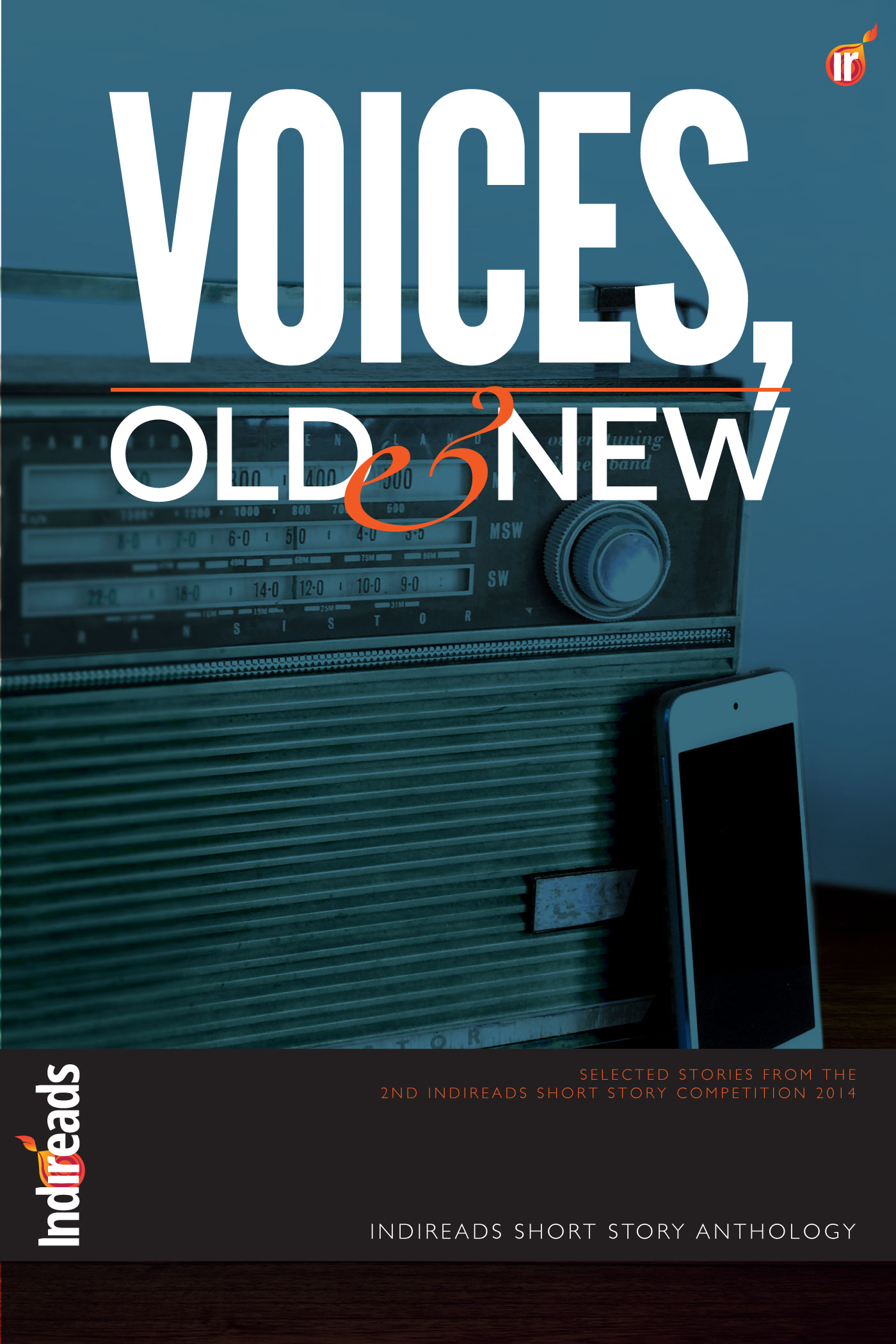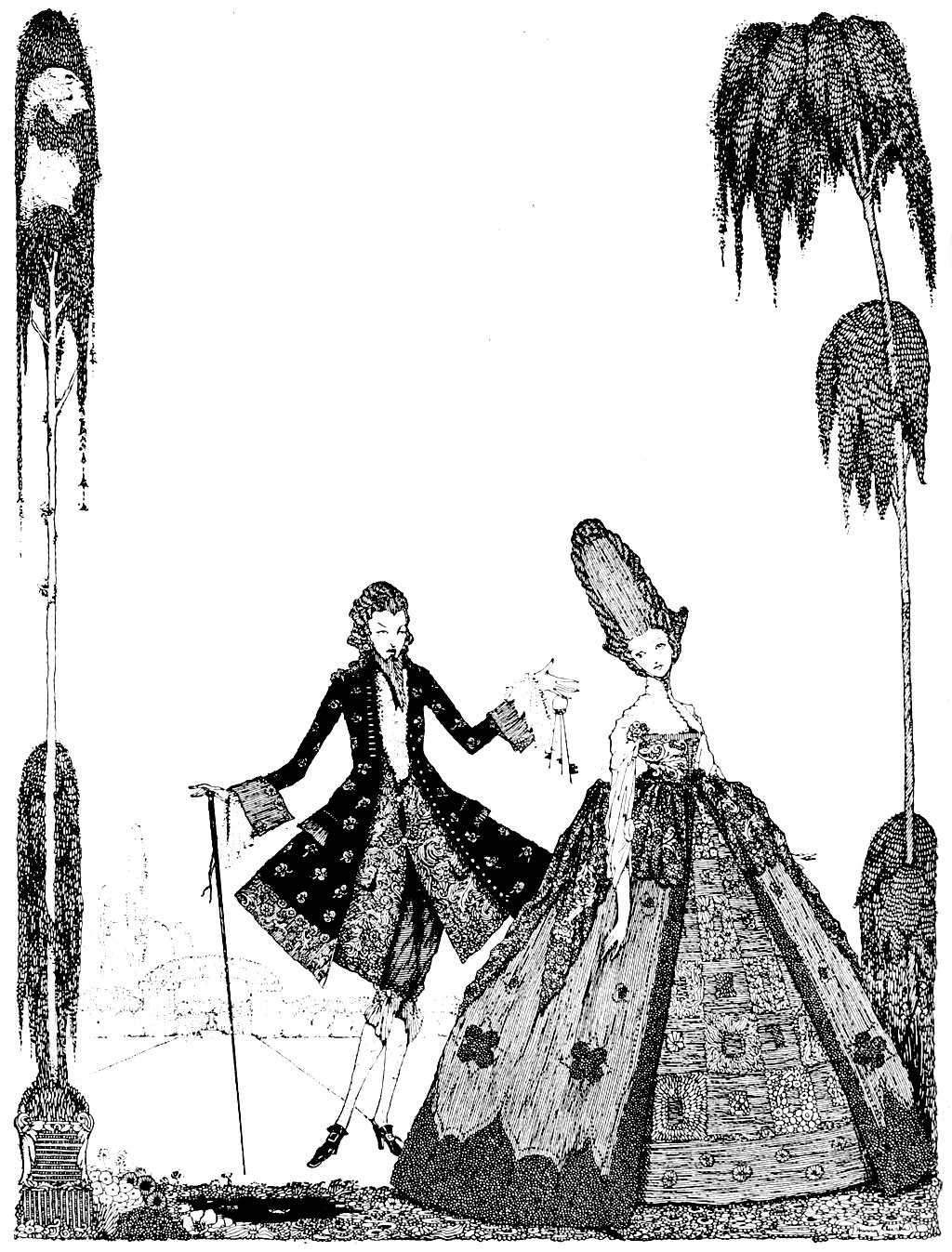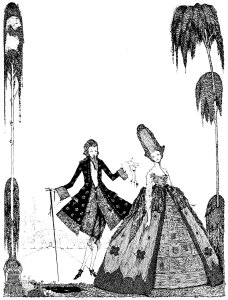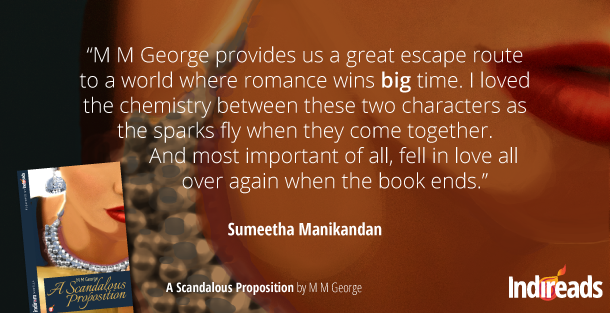A recent study revealed that the worldwide consumption of electronic books rose in 2014 and is expected to strengthen in the coming years, despite the lowering adoption of digital readings in the UK with reports suggesting that “eBooks may have had their day.” Data gathered by Pew Research Center revealed that three in ten adults are reading eBooks, where results from 2013-2014 showed a 28 percent jump from 2012. It also noted that the strong usage and ownership of smartphones and tablets worldwide have paved the way for an increase in eBook consumption. Therefore, many authors and marketers are looking at marketing their digital books as well as using their own mobile devices in running their campaigns in real-time.
If you’re planning to be a go-getter in 2015 by publishing and marketing your book/s via mobile devices, then we have some information to impart upon you. In this post, we will provide you with tips on how you can maximize this technology in selling your eBooks.
1. Email marketing
Given that you will attend various meetings and events, it’s always beneficial to email product information to influential people you have met at conferences. While the meeting is still fresh in their minds, introduce them to everything they need to know about your book, and why they (publishers) should invest in it.
Read this post by Forbes on how you can successfully run your email marketing campaign.
2. Reduction in overall costs
With the help of mobile technology we are given a new cost-efficient platform to sell our goods and/or services. Without the need to pay for print materials (paper, ink, labor, etc.), we are cutting costs and focusing more on how to market our published works. Being able to work remotely is also budget-friendly as you are able to work with your team online without the need to pay for expensive office space.
3. Be smart with your smartphone
During the marketing of your book, you will need to be online most of the time, especially when you have online queries you need to address. We highly advised you to use a mobile device with a bigger screen and powerful hardware. Today’s smartphones, such as the iPhone 6, sport large displays (4.7-inches or bigger) to allow on-the-go marketers like you to work efficiently while away from your office or home. O2 describes how the handset also has 64-bit processing power that allows users to install and use graphic-intensive and high definition apps without experiencing any lag or the dreaded frozen screen. This will be a great tool for an on-the-go marketer like you.
For apps, you can consult this list provided by Marketing Land on the top 20 applications that marketers should download this year.
4. Make it trend effortlessly
If you want your book to be the talk of the town, initiate an online marketing campaign. You can create a direct hashtag of your book’s title or its acronym (if it’s too long). Plan ahead with this campaign to gain the right amount of followers in time for your book’s release date. Take note that social media is a great way to connect with your fans and followers by responding to them individually. Thus, try to respond to them as much as you can to give a more personal feel to the release.
5. Target the right audience
Nowadays it is easy to find out the relevant information regarding your target market. How? Everything is available online. Since most people nowadays keep their own social and online profiles active, they are leaving information about them that can help you determine whether they are within your market range. Information about their favorite books, movie genre, likes and dislikes are some of the common data shared by people on their Facebook pages, for instance. Use this information when connecting with them and recommend your book to your target market in hope of them purchasing it.
Although mobile devices are a great platform to start marketing your art form, there are a few techniques that can only be done physically. In order to gain great success from mobile marketing, it’s best to maximize free marketing training courses or lessons available online to get the best results in your campaign. Good luck and by all means, share your knowledge below if you have time.
Written by Basha Berries
Exclusive for indireads










